Black-winged Stilt, Steltkluut, Stelzenläufer, Pernilongo, Cigüeñuela de Alas Negras
Spotted in the Alentejo region of Portugal. Black-winged Stilt sound
The Black-winged Stilt or Common Stilt (Himantopus himantopus) is a widely distributed very long-legged wader in the avocet and stilt family (Recurvirostridae). Opinions differ as to whether the birds treated under the scientific name H. himantopus ought to be treated as a single species and if not, how many species to recognize. Most sources today accept 2—4 species.
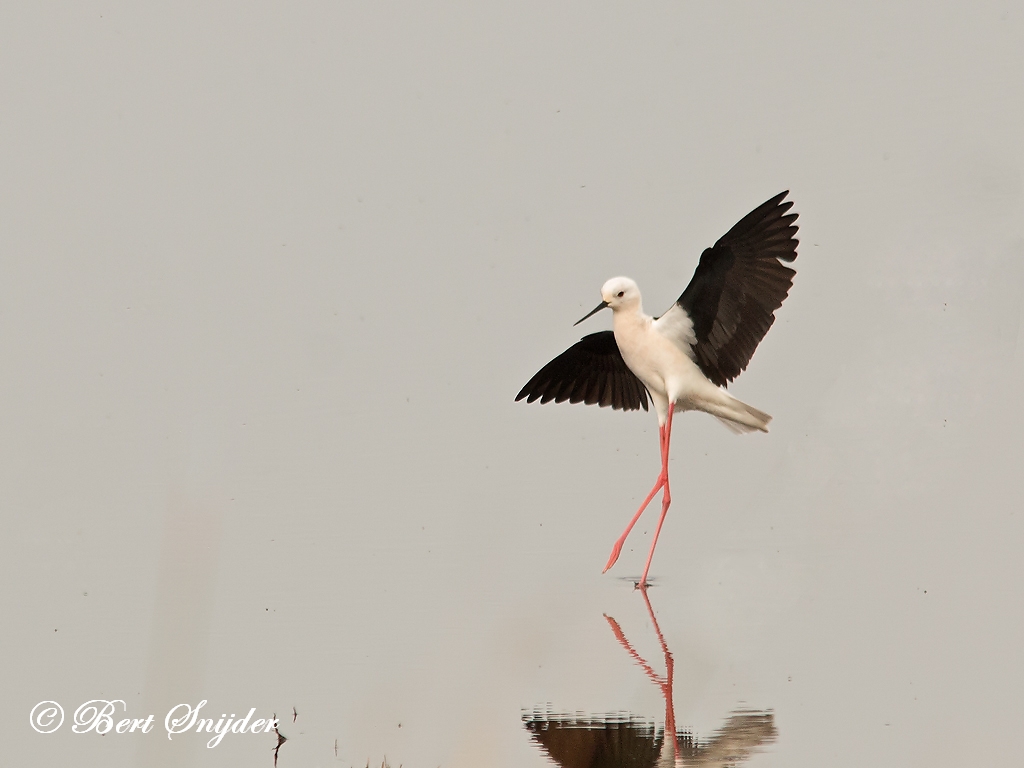
More photos at the bottom of this page:
Adults are 33–36 cm long. They have long pink legs, a long thin black bill and are blackish above and white below, with a white head and neck with a varying amount of black. Males have a black back, often with greenish gloss. Females’ backs have a brown hue, contrasting with the black remiges. In the populations that have the top of the head normally white at least in winter, females tend to have less black on head and neck all year round, while males often have much black, particularly in summer. This difference is not clear-cut, however, and males usually get all-white heads in winter.
Immature birds are grey instead of black and have a markedly sandy hue on the wings, with light feather fringes appearing as a whitish line in flight.
The taxonomy of this bird is still somewhat contentious. Some believe that there are as many as five distinct species; others consider some or all of these to be subspecies. In addition, two dubious subspecies are also sometimes listed, but not as independent species.
In the most extensive circumscription, with one species and 5-7 subspecies, this bird is often called Common Stilt. The name Black-winged Stilt on the other hand can specifically refer to the Old World nominate subspecies.
The breeding habitat of all these stilts is marshes, shallow lakes and ponds. Some populations are migratory and move to the ocean coasts in winter; those in warmer regions are generally resident or short-range vagrants. In Europe, the Black-winged Stilt is a regular spring overshoot vagrants north of its normal range, occasionally remaining to breed in northern European countries, for example in Britain in 1987.
These birds pick up their food from sand or water. They mainly eat insects and crustaceans. The nest site is a bare spot on the ground near water. These birds often nest in small groups, sometimes with Avocets.
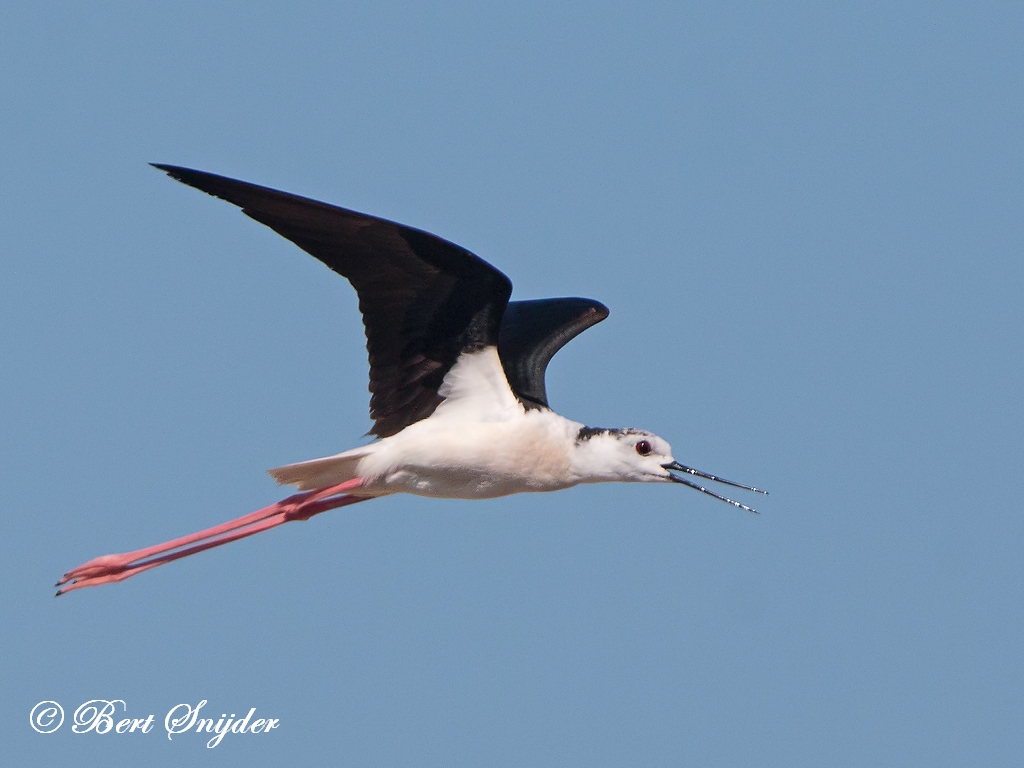
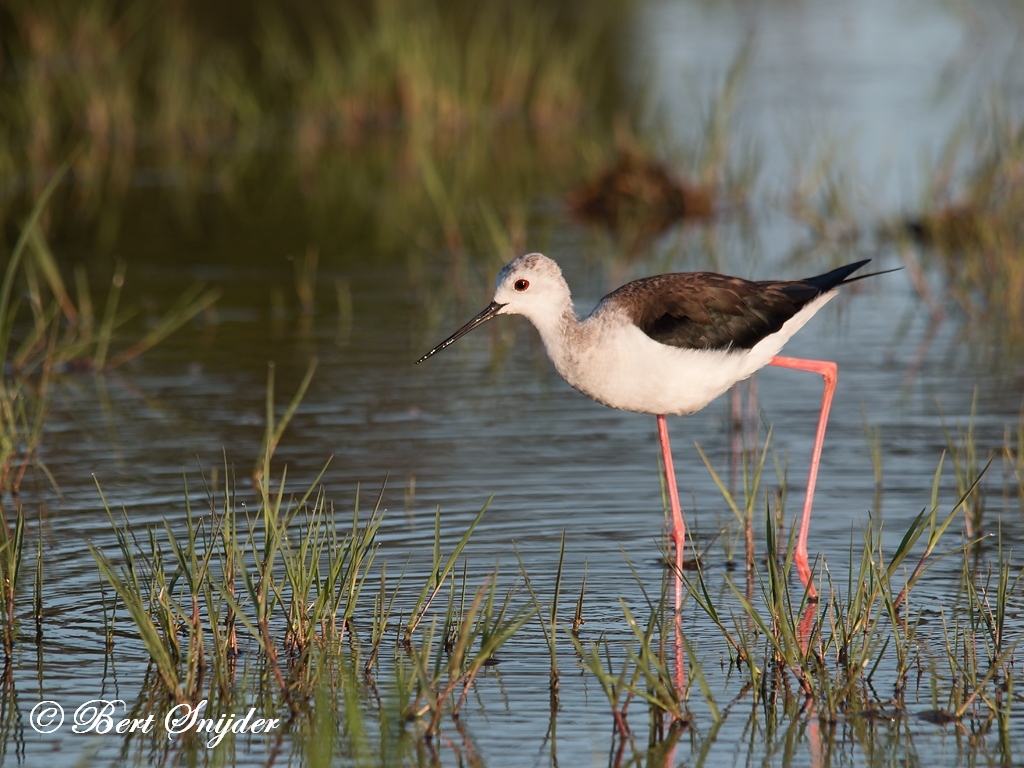

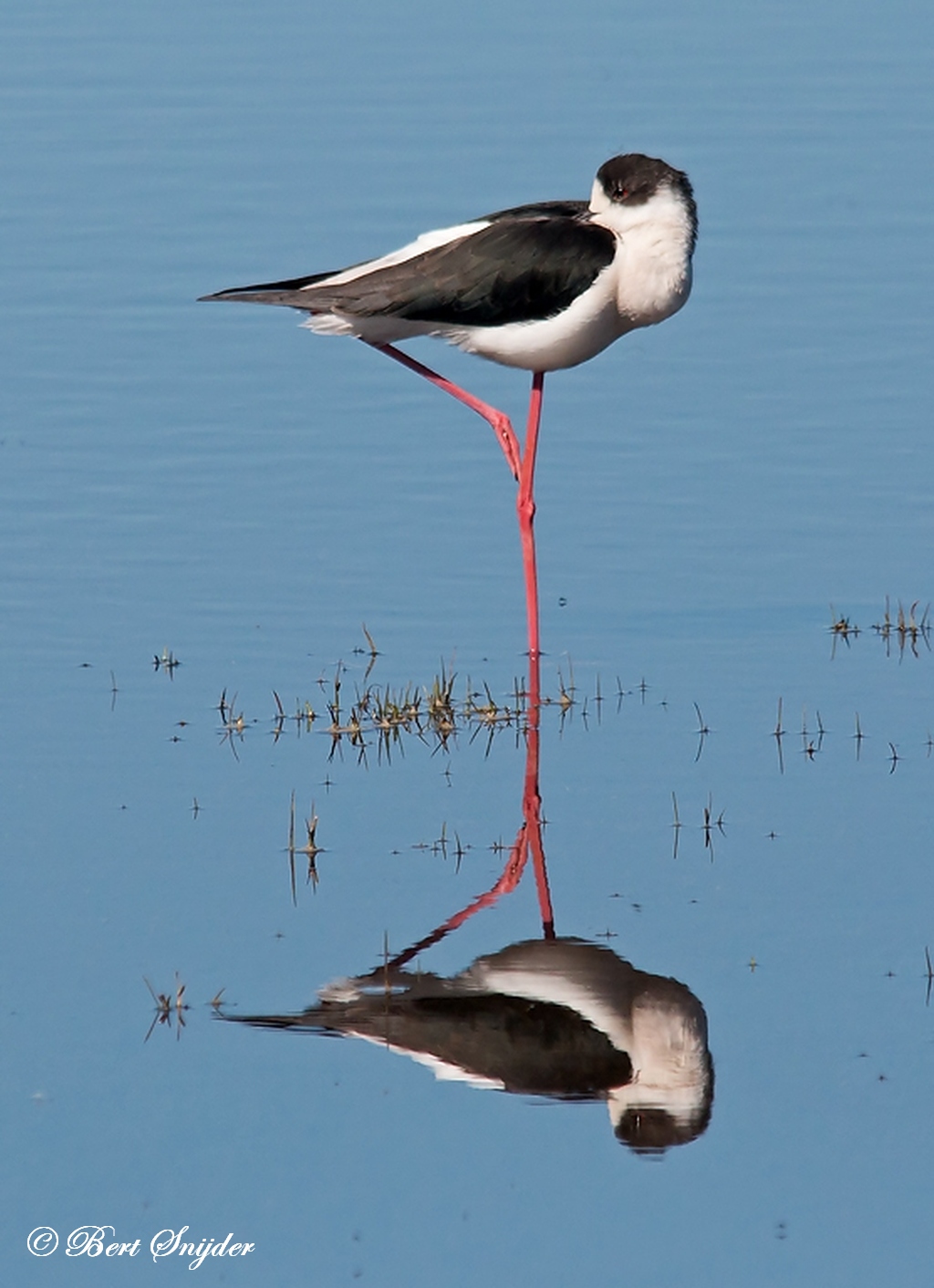
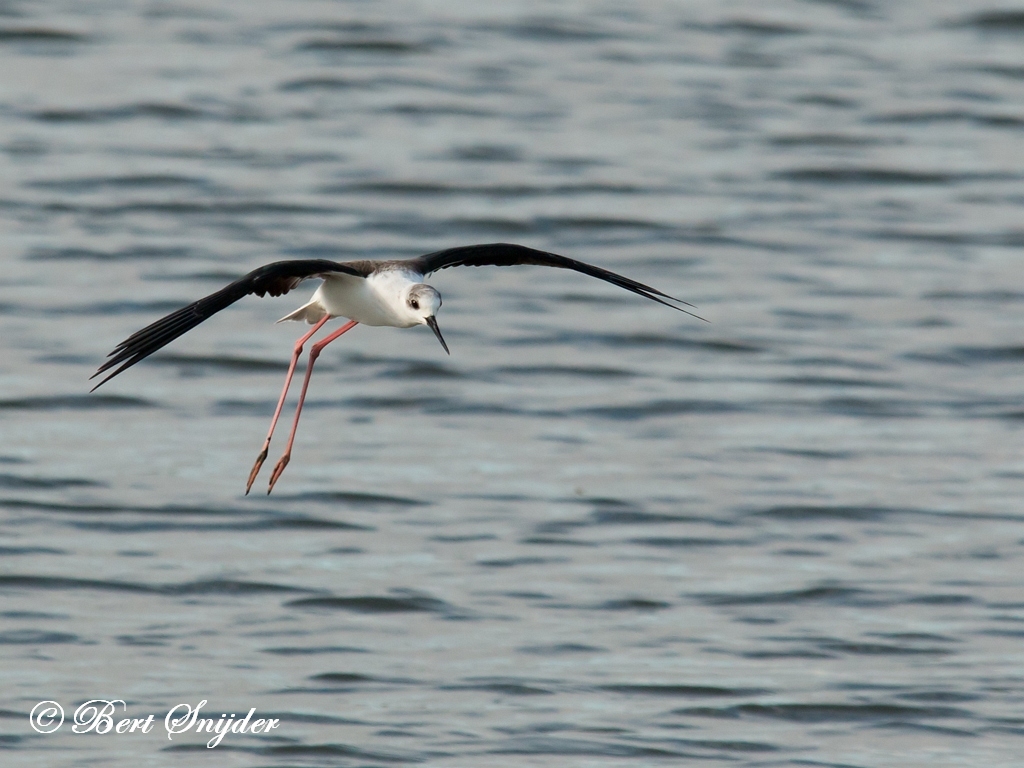
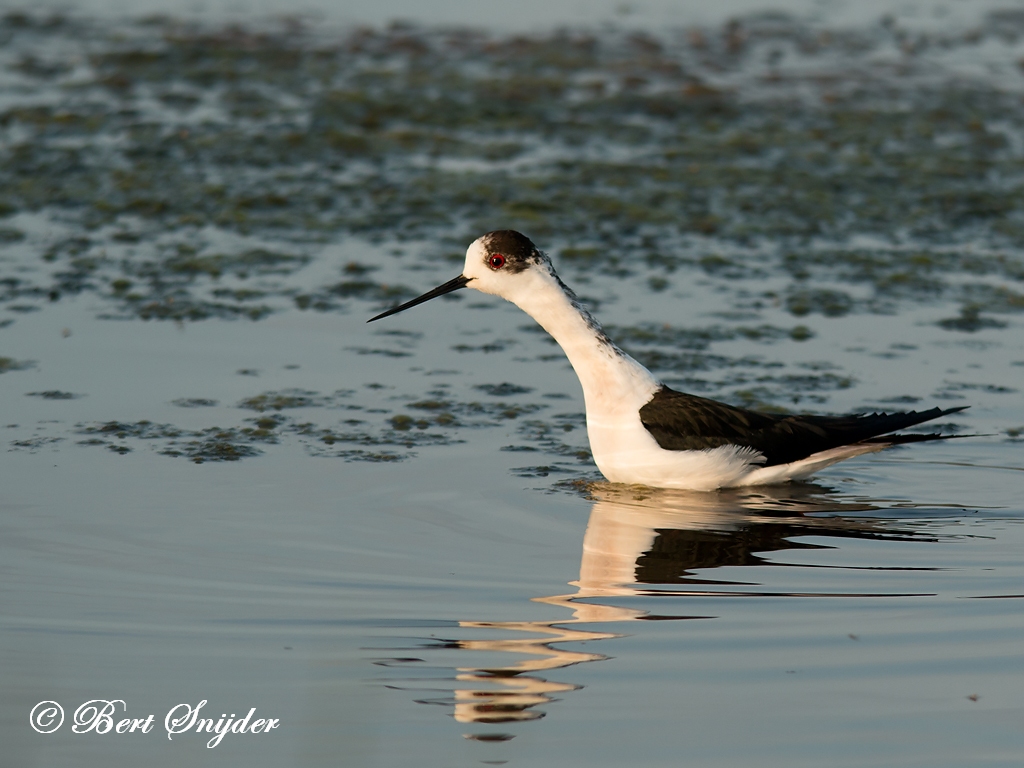

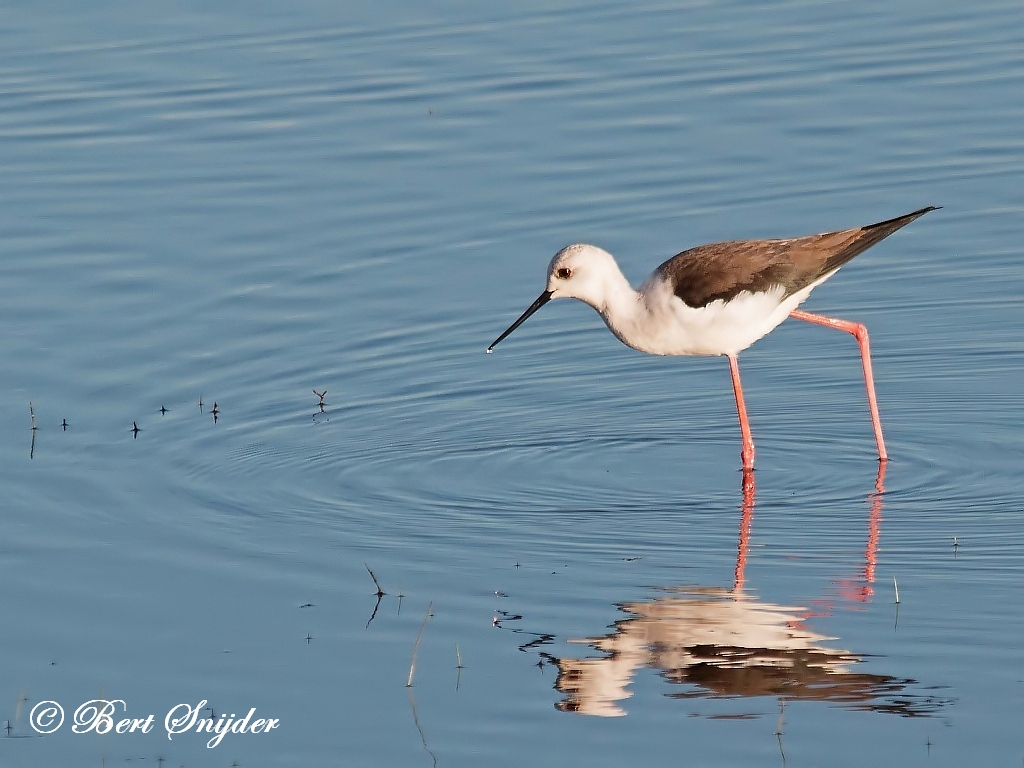

Other synonyms
Afrikaans: Rooipootelsie
Asturian: Cigoñina
Azerbaijani: Çaydaq cüllütü
Breton: Ar skaseg kof gwenn
Catalan: Avisador, Cames llargues, Remena-rocs
Catalan (Balears): Avisador
Valencian: Remena-rocs
Welsh: Hirgoes
Danish: Langbenet ryle, Stylteløber
German: Bindenstrandläufer, Eurasiatische Stelzenläufer, Stelzenlaeufer, Stelzenläufer
English: Afro-eurasian Black-winged Stilt, Black-necked Stilt, Blackwinged Stilt, Black-winged Stilt, Common Stilt, Eurasian black-winged stilt, Pied Stilt, Poaka, Stilt Sandpiper, White-headed Stilt
Esperanto: himantopo
Spanish: Cigueñuela, Cigüeñuela, Cigüeñuela Común, Cigüeñuela de Alas Negras, Correlimos zancolín, Playerito zancudo
Spanish (Argentine): Playerito zancudo
Spanish (Mexico): candelero americano
Spanish (Uruguay): Tero Real
Estonian: Karkjalg
Basque: Cames llargues, Zankaluze
Finnish: Pitkäjalka, Pitkäkoipisirri
French: Bécasseau échasse, Échasse à manteau noir, Echasse blanche, Échasse blanche
Frisian: Steltklút
Irish: Scadalach Dhubheiteach, Scodalach Dubheiteach
Gaelic: Luigneach
Galician: Cames llargues
Manx: Lurgagh
Hindi: Pavazha kaal ullan
Croatian: Crvenonoga vlastelica, Vlastelica
Hungarian: Gólyatöcs, Szalagos cankó
Icelandic: Háleggur, Vaðfæla
Italian: Cavaliere d’Italia, Cavaliere eurasiatico, Piovanello zampelunghe
Japanese: Ashinaga-shigi, seitakashigi, Seitaka-shigi
Cornish: Cornwhylen carrek
Latin: Haematopus haematopus , Himantopus himantopus, Himantopus himantopus himantopus
Malagasy: Tafaly, Takapaly, Tsakaranta
Maori: kaki
Malay: Kedidi Kaki Panjang
Maltese: Fras-servjent
Dutch: Stelkluut, Steltkluut, Steltstrandloper
Norwegian: Styleløper, Stylteløper, Styltesnipe
Portuguese: maçaricão, maçaricão-de-pernas-longas, Macarico pernilongo, Maçarico-de-perna-longa, Macarico-pernilongo, perna longa, Perna longa., pernalonga, Perna-longa, Perna-longa., pernalonga-comum, pernilonga, Pernilongo, pernilongo-de-costas-negras, Vira-pedras
Portuguese (Brazil): maçaricão, maçaricão-de-pernas-longas, pernalonga, pernalonga-comum, pernilonga, pernilongo, pernilongo-de-costas-negras, Vira-pedras
Romansh: gambun pitschen
Sardinian: Zurruleu, Zurruvigu
Scots: Luigneach
Slovak: Éišila bocianovitá, šišila bocianovitá, Šišila bocianovítá
Slovenian: polojnik
Albanian: Kalorësi
Serbian: dugonogi prudnik, Vlastelica
Swedish: Styltlöpare, Styltsnäppa
Swahili: Msese Milonjo
Turkish: Uzunbacak
Vietnamese: Cà kheo
Travel Birdwatching Holiday Alentejo, Vacation Portugal for birders to see birds on your trip. Guided Birdwatching Tours & Trips.